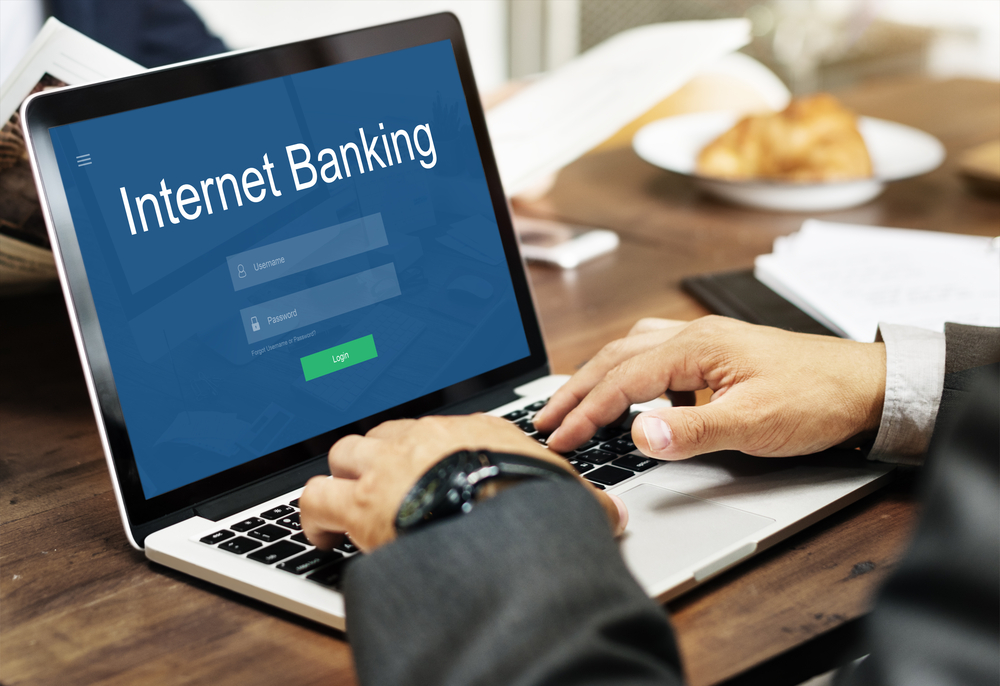
With internet banking, you can now pay your bills from your smartphone anytime, anywhere. Google Pay and Samsung Pay offer a convenient way to spend your utility bills right from your phone. With just a few taps, you can have your bills paid using your internet connection and home provider. Use Google Pay to make your life a little easier and pay your bills with just your smartphone.
This fall, smartphone users got an extra layer of convenience with the launch of Google Pay and Samsung Pay. With it comes a feature that lets users pay their utility bills right from their smartphones – provided they have an internet connection, and your home provider is on board.

Introduction to internet banking
Internet banking is a way to conduct transactions over the internet. This can include checking your account balance to transferring money between accounts. Regardless of the outcome, it’s essential to deliver this information directly to your phone.
Google has just released a new service called Sheets that does just that. With Sheets, you can get notifications on your Android app homepage or chrome extension tabs when there’s further information to be had. When you open the app or account, you’ll see a list of notifications with a timestamp. Tap the message to open the details page.
How to use internet banking
Internet banking is a great way to manage your money without going to the bank. You can transfer money, pay bills, and check your account balance, all from the comfort of your home. Here’s how to use internet banking:
1. Sign up for internet banking with your bank.
2. Choose a username and password.
3. Log in to your account and navigate to the banking section.
4. Transfer money, pay bills and check your balance.
5. Close your account and navigate the transaction history tab to see your recent transactions.
Different types of internet banking
Different types of internet banking include online banking, phone banking, and mobile banking. Online banking allows customers to access their bank accounts through a website. Phone banking will enable customers to access their bank accounts by phone. Check your balance, transfer money, or make purchases—all through your phone!—with the click of a button. And why is it so convenient? We’ll explore both below. What is mobile banking? Mobile banking (also known as digital banking or e-banking) is a way to access your bank account through your smartphone.
National bank internet banking login
National bank internet banking login is a secure way to access your account information online. You can use it to check your account balance, transfer funds, and more. Transactions are processed manually once daily, so you may not get your funds immediately. Your account is currently active. You may change your password or other account settings at any time in the “My Account” section.
Please note that we can’t support transactions made through third-party wallets or platforms. To check your balance, make a purchase, or get your funds, please contact your bank or financial institution. For security, please don’t reuse your password.
Things you should keep in your Mind
- What is the “My Account” section?
- What are the account settings that I can change?
- What is the difference between a third-party wallet and a platform?
- How can I check my balance or make a purchase?
- Whom should I contact if I have questions about my account or transactions?
- Why is it important not to reuse my password?
- What happens if I forget my password?
Tips for using internet banking on your smartphone
With internet banking becoming more and more popular, many people use their smartphones to manage their finances. Here are a few tips for making the most of this convenient option:
1. Make sure your phone is password-protected if it gets lost or stolen.
2. Download the app for your bank, if available. This will make it easier to check your account balance and transactions.
3. Avoid using public Wi-Fi networks to access your account, as they may be insecure and could put your personal information at risk.
4. Set up two-factor authentication for added security.
How to Pay Bills with Internet Banking
One great way to pay your bills is by using internet banking. This method lets you pay your bills online without going through the hassle of mailing them. Plus, it’s a great way to keep track of your payments. You’ll need to create an account with your bank to get started. When you log in for the first time, you’ll be asked to provide your “Oops! You almost missed a step!!!” catch-all text field.
This is so our system can detect when you’re about to leave a page and prompt you to provide your confirmation code. Don’t save it somewhere where others can see it for security purposes! Once you’ve completed the setup process, you’ll be able to view and work with your account data.
How to Transfer Funds with Internet Banking
Internet banking allows you to quickly transfer funds between your accounts and other people or businesses. You first need to log in to your internet banking account to transfer funds. Once you are logged in, you will see a list of all of your accounts. To transfer funds from one account to another, select the tab that you want to transfer funds from and then choose the budget that you wish to transfer funds to.
Conclusion
Internet banking offers customers a convenient way to conduct their banking transactions without going to the bank. This type of banking allows customers to access their account information and bank statements online and make transactions, such as transferring money and paying bills. Personal internet banking features may vary from one bank to another but generally include the ability to view account balances and transactions, transfer money between accounts, pay bills, and receive account alerts.








